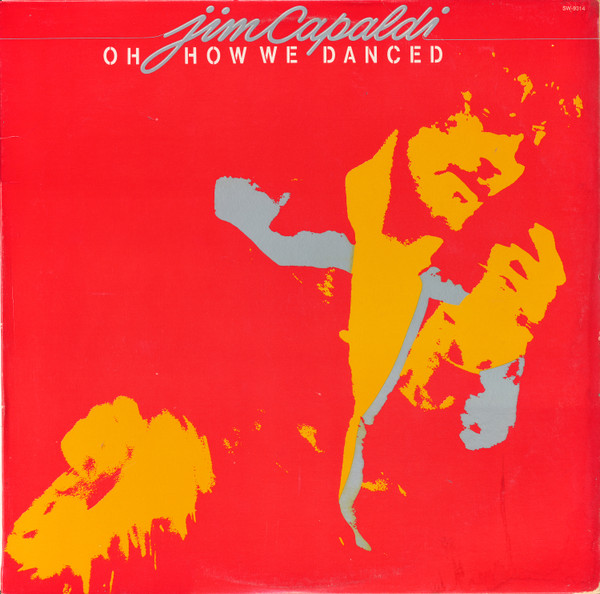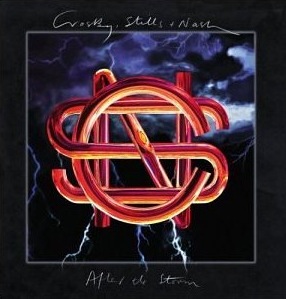“For Debbie Reynolds” is a sketch along the lines of “Queen Elvis”, cut short by a ringing phone, and presumably left there. “Never Have To See You Again” is driven by electric chords, and punctuated by silly horns, this time in a good way. “Love Affair” shimmers like an orphan from I Often Dream Of Trains. Anybody who bought this would already be familiar with his rendition of “The Wind Cries Mary”; this demo adds an organ part for color. The exceedingly gentle “High On Yourself” is the highlight for any fans of Trains or Eye, with the priceless line “Let’s go shopping on painkillers”. “Because You’re Over” is a cappella with layered harmonies, but sent through a vocoder or something; as distracting as that is, at least it’s tuneful (which can’t be said about “Real Dot” four tracks later). “The Cat Walks Her Kind Of Line” is an intricate, descriptive instrumental.
Two songs had been available in slightly different forms already; “Statue With A Walkman” is a wonderful find, while a rough version of “The Green Boy” doesn’t grate too much. “Nothing But Time” is intricately picked and mixed with just the right amount of echo, so that even the sillier lines fade into the ether. He’s already written plenty of songs with the word in the title, and “Beautiful Shock” gets a boost from its suggested and literal “electricity”. “Baby-Doll” is mysterious and romantic, but the title track gets to close the program, something of a relative of “Trilobite”.
Shadow Cat didn’t get the widest distribution, even from his latest label. That’s too bad, because it’s one of the better ones from a lengthening period that doesn’t always have high points. Definitely recommended to those inclined.
Robyn Hitchcock Shadow Cat (2008)—3½



:format(webp):mode_rgb():quality(90)/discogs-images/R-1428473-1587983379-5105.jpeg.jpg)

